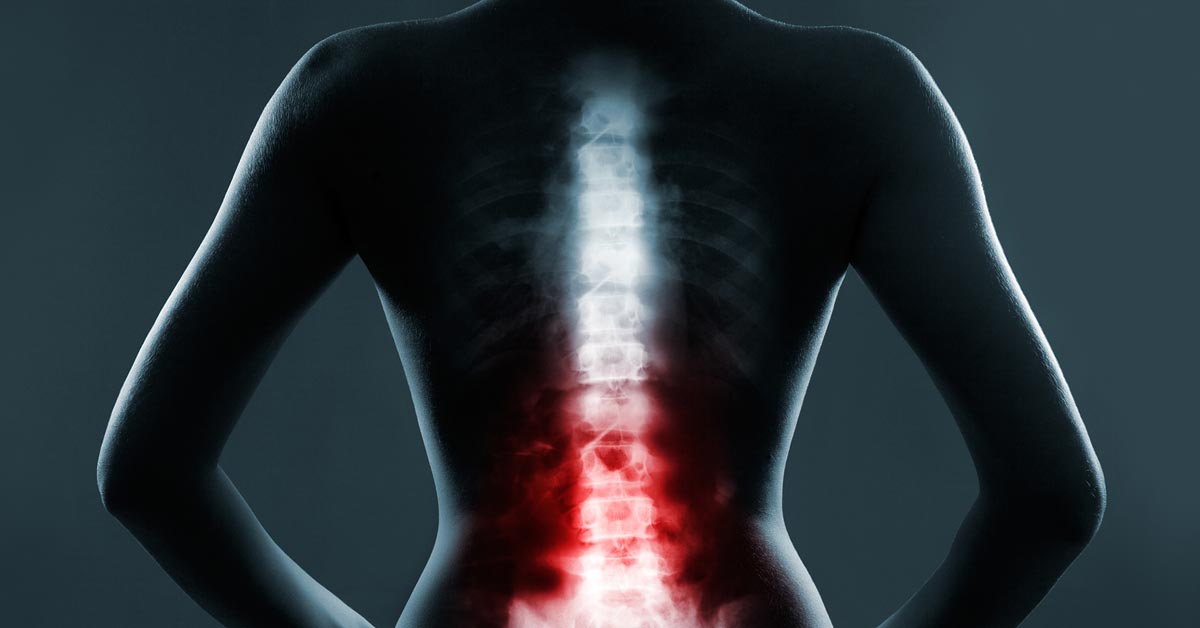Treating Lumbar and Cervical Disc Bulges with Regenerative Medicine
Treating Lumbar and Cervical Disc Bulges with Regenerative Medicine
Blog Article

Lumbar and cervical disc bulges are common spinal conditions that can cause chronic pain, limited mobility, and a significant reduction in quality of life. Traditional treatments like physical therapy, medications, or even surgery may not always offer lasting relief. However, regenerative medicine is emerging as a revolutionary, non-surgical option for treating disc bulges in both the lower (lumbar) and upper (cervical) spine.
In this article, we'll explore how regenerative therapies like platelet-rich plasma (PRP) and stem cell treatments can help patients manage or even reverse disc bulges with minimal downtime.
What Are Lumbar and Cervical Disc Bulges?
Disc bulges, also known as disc protrusions, occur when the outer layer of an intervertebral disc becomes weakened and bulges out from its normal boundary. This can put pressure on surrounding nerves, leading to symptoms like:
Back or neck pain
Tingling or numbness in arms or legs
Muscle weakness
Limited range of motion
Lumbar disc bulges affect the lower spine and often cause radiating pain down the legs (sciatica), while cervical disc bulges affect the neck area and may lead to shoulder or arm pain.
Traditional vs. Regenerative Treatment Options
Conventional treatments often include pain medications, anti-inflammatories, physical therapy, or, in severe cases, surgery. While these methods can offer temporary relief, they typically do not address the root cause—tissue degeneration and poor healing capacity.
This is where regenerative medicine comes into play.
How Regenerative Medicine Helps Heal Disc Bulges
Regenerative therapies aim to stimulate the body's natural healing processes by delivering concentrated healing agents directly to the damaged area. Two of the most promising options for disc bulge treatment are:
1. Platelet-Rich Plasma (PRP) Therapy
PRP involves drawing a small amount of the patient’s blood, processing it to concentrate the platelets, and injecting it into the affected disc or surrounding tissues. Platelets contain growth factors that accelerate tissue repair, reduce inflammation, and promote collagen regeneration.
2. Stem Cell Therapy
Stem cell therapy utilizes mesenchymal stem cells (MSCs) harvested from the patient’s bone marrow or adipose (fat) tissue. These cells are capable of transforming into various tissue types and can help rebuild damaged disc material, reduce inflammation, and improve structural stability.
Benefits of Regenerative Medicine for Disc Bulges
Non-surgical and minimally invasive
Faster recovery time compared to surgery
Reduced pain and inflammation
Addresses the underlying cause, not just symptoms
May delay or eliminate the need for spinal surgery
What to Expect During Treatment
Most regenerative treatments are performed on an outpatient basis and take less than an hour. Patients typically experience mild discomfort post-injection but can return to normal activities within a few days.
Results vary, but many report significant improvements within weeks to a few months, with continued healing over time.
Is Regenerative Medicine Right for You?
If you're suffering from chronic back or neck pain due to a disc bulge and want to avoid surgery, regenerative medicine may be a viable option. Ideal candidates are typically those with mild to moderate disc bulges who haven’t responded well to conservative therapies.
Always consult with a board-certified regenerative medicine specialist who can evaluate your condition with MRI imaging and customize a treatment plan tailored to your needs.
Also Read: Advanced Therapies for Arthritis of the Spine Relief
Conclusion
Regenerative medicine offers new hope for those struggling with lumbar and cervical disc bulges. By harnessing the body’s natural healing abilities, PRP and stem cell therapy can reduce pain, restore function, and help you get back to living your life—without the need for invasive surgery.
Report this page